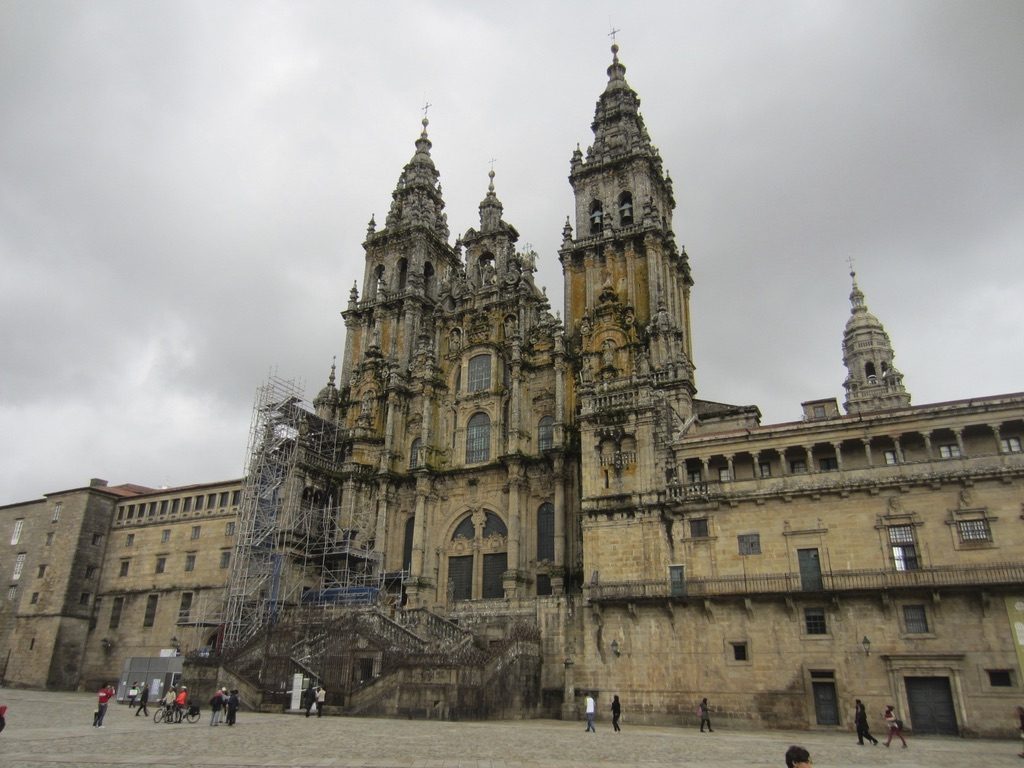
Deciding to walk the Camino de Santiago can be quite a daunting challenge. Although a veteran of four caminos, opting to go on another still raises many concerns and anxieties, which no amount of preparation can allay. I am about to embark on the Via de la Plata, a 1000 KM trek from Sevilla, in Spain’s southern province of Andalucia, to the city of Santiago de Compostela, in the northwestern region of Galicia. This is the longest of the caminos, which leads through some of the most isolated parts of the Iberian peninsula, where the weather can be punishingly hot, where accommodation and places to stock up on provisions are limited, and where fellow pilgrims are rarer than sunny Irish summers. As a person who worries that Saturday might not follow Friday (just because it hasn’t happened yet doesn’t mean it won’t) it’s not surprising that deciding to follow such a path could provoke a hell of a lot of doubts, fears, night terrors and their menacing daytime associates. With all the challenges I could face along this path the question then is not what could possibly go wrong, but what could possibly not.
The first time I set I out on the Camino de Santiago I was similarly overcome with fear. Among my multiple misgivings were the following: I could get lost, I could break my legs, arms, back, etc, I might be attacked by rabid wild dogs, I could starve to death, or die from exposure, or my body may not be able to withstand the demands of an 800 KM pilgrimage through a foreign land. Those were the known unknowns, and they kept me up nights. (I didn’t even think about the unknown unknowns.) All of these things could have happened to me when I walked the Camino Francés in 2004, but thankfully none of them did. I did get slightly lost a few times, but always found the way back within a short time. I never went hungry, although there were some times when the food on offer was not to my liking. My mother’s old saying that I’d eat anything put in front of me if I was hungry proved to be remarkably true. I encountered no rabid dogs, but plenty of friendly ones – especially if I had food. None of my fears came to pass. Quite the opposite.
Walking the camino turned out to be one of the most amazing experiences of my life. It brought me through a beautiful part of the world on foot, which allows you to see the world in far more detail, and it introduced me to a rich variety of wonderful people who became my friends for the journey. I shared many good times with the eclectic array of international pilgrims I met along the way. We laughed, joked and philosophised while we ate our evening meals in the restaurants and bars in the towns and villages of northern Spain. For the month or so that we were all on the road we bonded in a way that can only happen when people from different worlds find themselves thrown together in a new and challenging environment. We had all voluntarily given up our own comfortable lifestyles to undertake this pilgrimage. Some were doing the camino for personal reasons, some for spiritual ones, but whatever the person’s motives nobody was just going for a long walk. And when it was all over, the lives of all those who had walked that path would never be the same again.
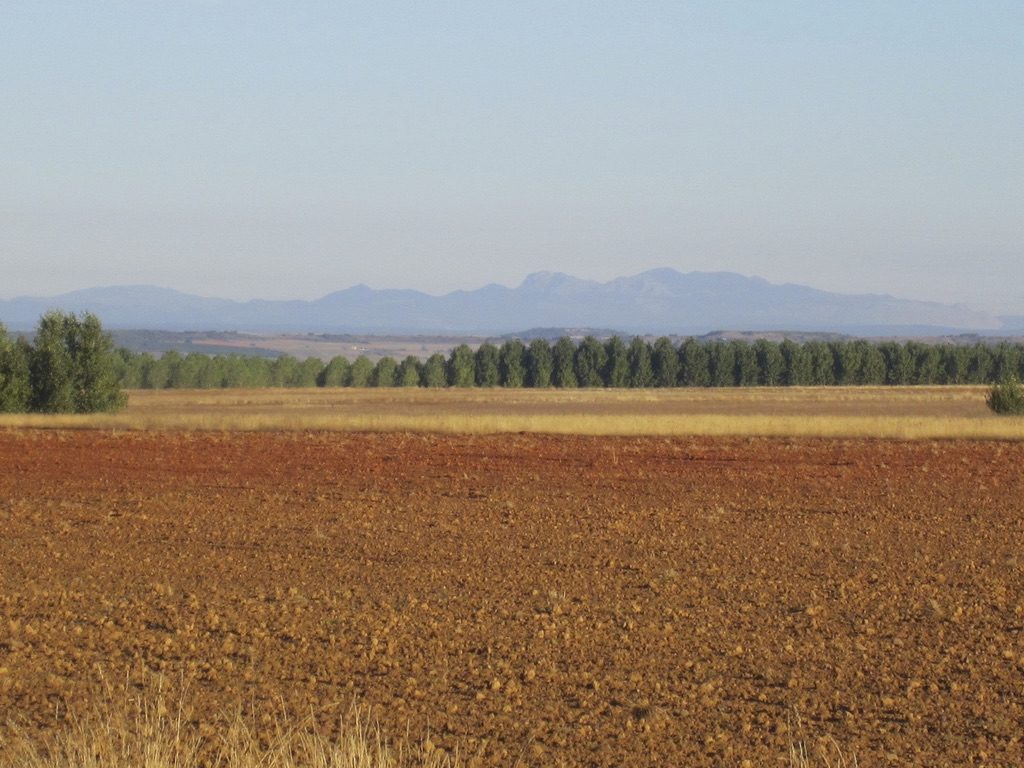
I navigated the twists and turns of my own personal camino over the next nine years, and in 2013 the circumstances of my life led me to walk the Camino Francés again. There are times when you need to press the reset button on your life and restore your Being to the original factory settings. The Camino Francés is a very good place to do that. It is a place where people from all walks of life come together to share their individual wisdom and help their fellow travellers shoulder their personal burdens. It is a place where all of life’s dramas are played out in a microcosm, and it’s a road where lost souls travel to find their way back. People will usually discover what they need on the camino, they just have to be sufficiently conscious to learn the lessons and appreciate the gifts which the journey offers.
Second time round I was conscious that I did not want to repeat the same experience I’d had in 2004. That walk was unique and special, and it simply couldn’t be duplicated. While the physical path of the camino changes little (though this is debatable with the massive increase in numbers in recent years), every person who sets foot on it will have a different experience. The John who walked it in 2013 was not quite the same person who had done so in 2004. Though nine years older I was decidedly fitter and stronger, and the thoughts of completing an 800 KM trek (1,000 KM when the additional trip to Finisterre, Muxia and back were included) didn’t faze me in the least. Yet despite my stamina, I walked this way with a very heavy heart and under a cloud of depression and regret. I hoped that another pilgrimage to Santiago would help put things right.
It is said that you meet the people you’re supposed to meet on the camino, and, like my journey in 2004, I again met many unique and wonderful people who in a short space of time became like family to me. I derived great personal strength from the kindness shown to me by my fellow travellers, and I learned that friendship can shine a light into the darkest of places. Some of these friendships transcended the camino, and a few months after the walk ended I found myself spending the festive season in the home of people I’d originally met among the vineyards of Navarra. They very kindly invited me back for the holidays the year afterwards, and again in all the years after that. That camino ultimately helped me reconnect with humanity, cast off the fog of depression, and it provided me with a new lease of life that was just the tonic I needed as I approached the end of my fourth decade on this earth.
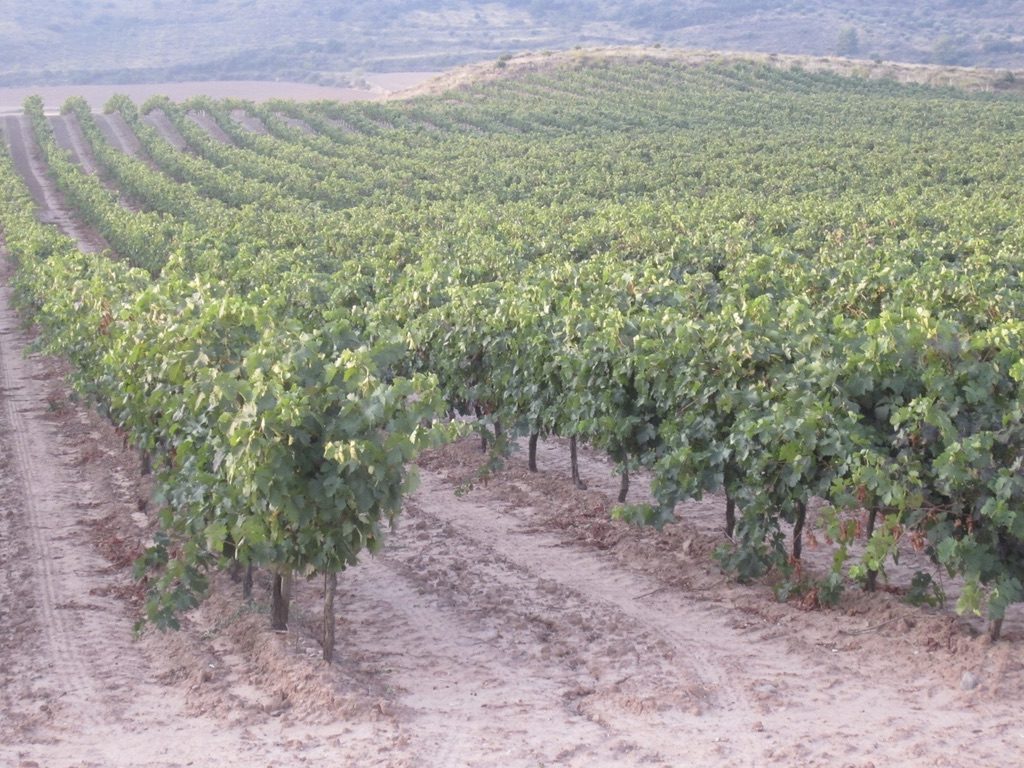
I walked the Caminho Portuguese in 2015 as a form of thanksgiving for the gifts bestowed on the previous one. This proved to be a much tougher walk than its predecessors. Although shorter than the Francés by more than 150 KM, the stages were longer (12 consecutive days of 30 KM or more), albergues were fewer, and in the 360 KM stretch between Lisbon and Porto fellow pilgrims – and locals for that matter – were as scarce as hens’ teeth. Despite all the challenges, I managed to complete this walk without any of the major calamities I had anticipated, and I cherished the experience in spite of the physical toll it took on me. I could not claim it was the most pleasant walk. It was a tiring, hot, hungry and lonely camino. In fact, you could call it the anti camino. But you walk the path you’re given, and you have to be grateful for all the small mercies that come your way. You can’t always know the highs unless you’ve experienced the lows, and three long weeks on the Portuguese will teach you a thing or two about your resilience. Pain can sometimes be the best teacher. A good dose of it can show you how damn fortunate you otherwise are, and it helps you put all the rest of your problems into perspective. I thank the Portuguese for teaching me that, but I doubt I’d ever set foot in that country again.
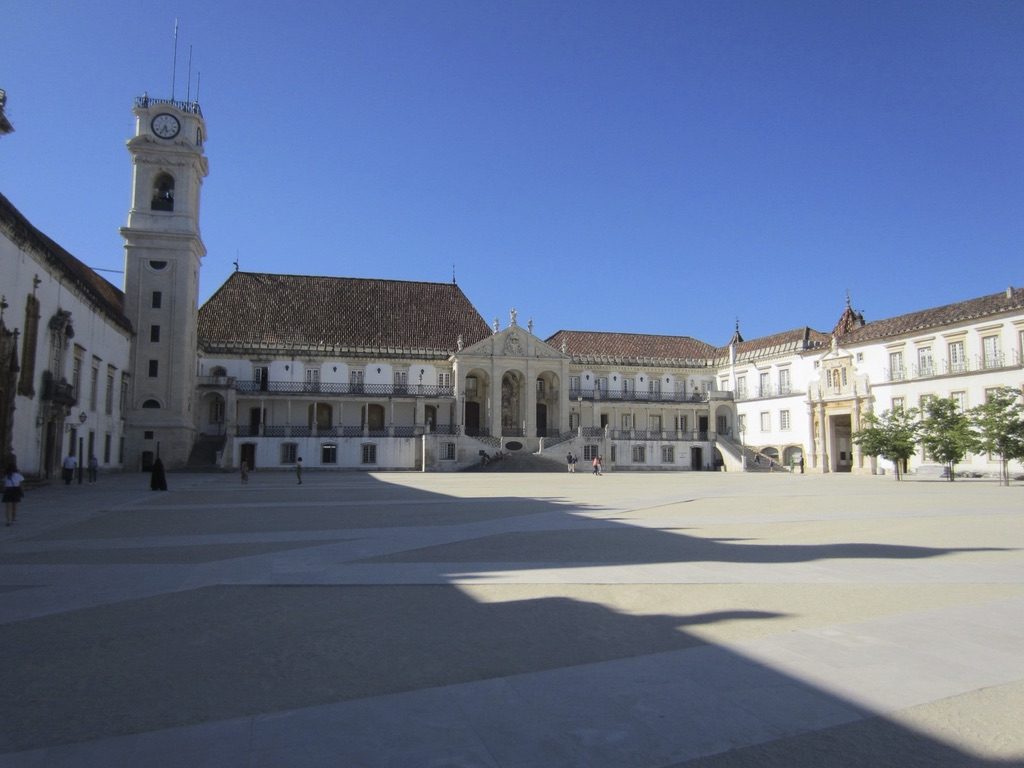
After completing the Portuguese I started to realise that walking caminos had become an integral part of my life and not single, unrepeatable events. I was discovering that my fate in life seemed to be to search, to wander, to seek out, and to explore, and long walks were the perfect way to fulfil my destiny. It was to the Camino del Norte, along Spain’s Atlantic coast, that I would turn my attention in the autumn of 2016. The Norte is comparable in length to the Francés, although because it is a more challenging walk, with far more ascents and descents, it is not nearly as popular. That is one of its virtues. It is a gloriously scenic trail, incorporating the stunning mountainous, meadows and beaches of the Basque Country, with the windswept seascapes of Cantabria, and the rustic beauty of Asturias, one of Spain’s best kept secrets. It was the most beautiful walk I had done, but for the most part it was just a walk. I never had a problem finding a place to stay, my fellow walkers were all nice people, but for much of the way I felt as if I was out of step with the Universe. It was a camino that ticked all the boxes as an adventure and as a hike, but for some strange reason it wasn’t the profoundly meaningful personal experience I was hoping for. That wasn’t the fault of the path. That was because I wasn’t fully present. I was searching for something, but I never seemed to be satisfied with what I was finding. I was rushing and racing and always wanted to be a few step ahead of where I actually was, hence I allowed a lot of the Camino del Norte to pass me by. I never had to sleep outdoors. No wild animals attacked me. A few dogs barked ferociously, a few people annoyed me, I lost a half decent pair of sock and I walked one or two afternoons in light rain, but in the main I completed the journey unblemished. But somewhat unfulfilled as well.
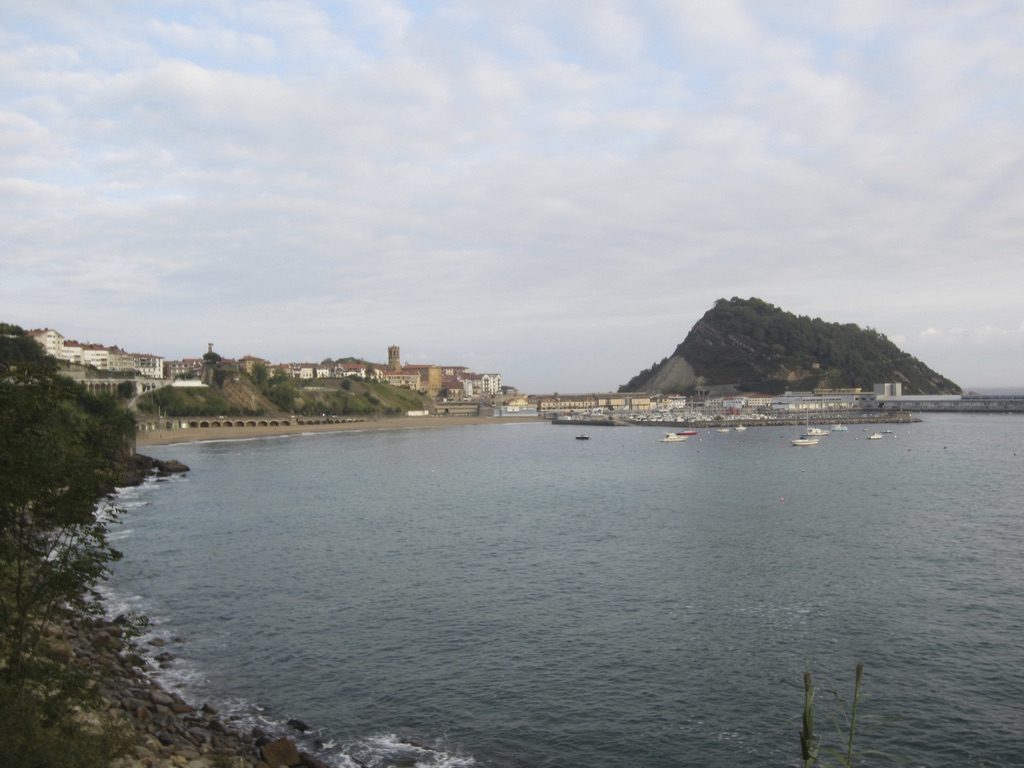
It was while I was on my first camino that I heard of the Via de la Plata, the longest and potentially most demanding of all the paths to Santiago. This one is still largely the preserve of the more seasoned and veteran pilgrims. It traverses several of Spain’s regions, most notably Extramadura, which translates as extra hard – presumably because of the harshness of the land and not because you have to solve a number of calculus problems to cross. The Via de la Plata has been calling me for 15 years. I almost answered that call two years ago, but something didn’t feel right then. Now is the time and I will embrace the experience. It will probably push me to the limits of my endurance, but it is often at those extremes where we feel most alive.
Again I have the usual litany of fears, which for once I’m not going to indulge. I could speculate about all the known unknowns, and in my more creative moments I could conjure up a few unknown unknowns as well, but then I would be robbing myself of the chance to experience the walk as it happens. There will certainly be challenges: the weather won’t always be agreeable, there’ll be days when I won’t sleep well and my energy levels will be low, and there’ll be times when every footstep will feel like a mile long march through a bog. That is simply called life, and by anticipating all its hazards we are robbing ourselves of the chance to live it.
For every challenge there will be many opportunities, so my intentions for the Via de la Plata are as follows:
1: I will encounter everyone I meet in a spirit of goodwill and friendship.
2. I will be grateful for all the good things that come my way, and I will creatively resolve any issues that arise.
3. I will focus on the journey, not the destination, remembering that every place can be the Centre of the Universe.
4. I will trust that the Universe will provide, be it food, shelter, good company or pleasant walking conditions, as it usually does.
5. I’ll try to be present wherever I am, and not be two steps ahead or three behind, as the present moment is all I or anyone will ever have.
Buen Camino!!!
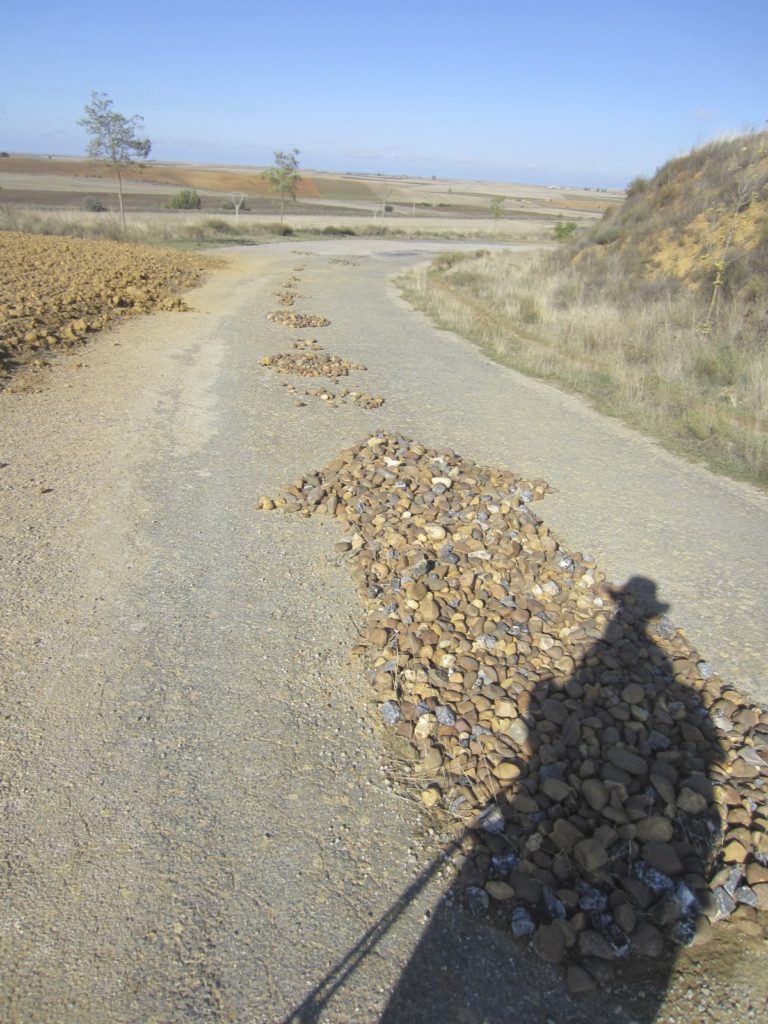
Thanks for the reflection John. I’m just back from a week on the Meseta. Simply wonderful. I’ll keep an eye out for updates. Travel safely. Buen Camino, Alan
Thanks, Alan. I hope you enjoyed the Meseta. It’s one of my favourite parts.
Your writing here has left me light-headed with memories of similar times. What a way to spend your days on earth. Buen Camino!!
Thanks, John. I hope you get a chance to get back to the Camino some day.
What a besutiful txt John – I love it and you. Stay safe and sound – we’ll see you soon
Thanks, Jytte. I was so lucky to meet all you people on the Camino in 2013. I’ll keep you regularly updated about my progress on the Via de la Plata. Take care and best wishes to everyone in Copenhagen.